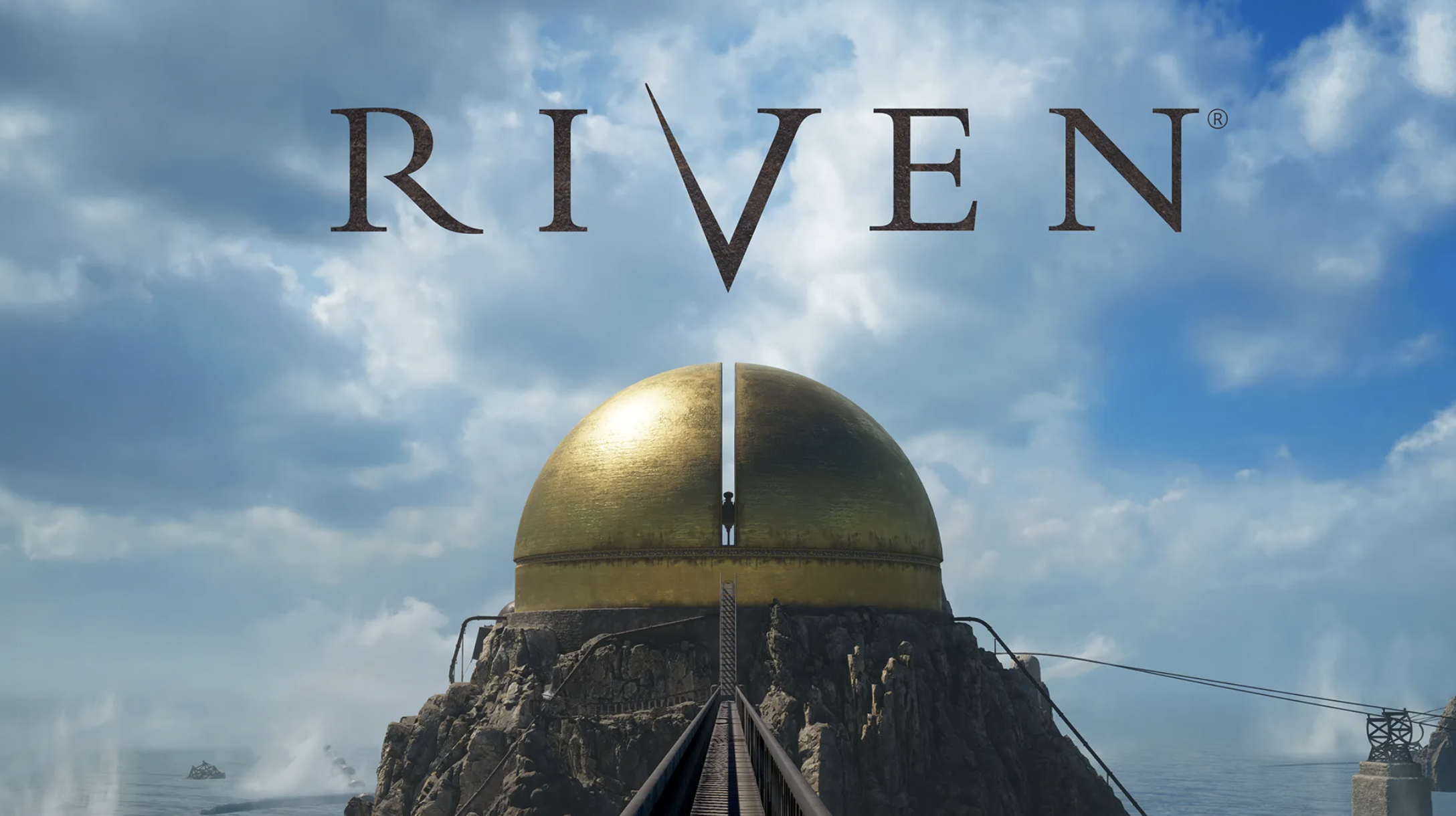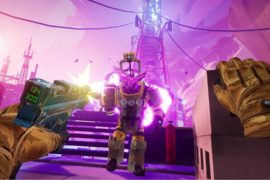Riven, like the groundbreaking Myst that came before it, definitely has an air of grandiosity when you first play, and not just because it takes 4-5 minutes of loading and unskippable boot sequences to reach the title screen on Quest 2.
When you first load that iconic original adventure, beyond an opening cutscene more for flavor than guidance, you’re left to explore the vast emptiness and mystery of the game’s setting without as much as a tutorial or hint of where to start. It was typical for the era, if not accustomed to modern sensibilities. Riven starts much the same way.
0:00
We begin in a dark room, reintroduced by Atrus to the linking books that serve as portals to the different Ages. In the Age of Riven, Atrus’ father Ghen has trapped his wife Catherine in this Age, requiring that you enter this world using the last of the linking books to save her, and put an end to Ghen for good by trapping him in the starry void between the Ages. There’s lots of lore to dive into for those most invested in this universe, but in practice, it’s more of the same: you’re dropped onto an island that serves as a grand puzzle labyrinth, tasked with traversing its many obstacles in order to solve its mystery.
With Riven, developer Cyan has rebuilt the game from the ground up with VR support in mind. Following the steps when remaking Myst, this remake is the first time the pre-rendered point-and-click puzzle game has been painstakingly recreated and its island made fully traversable in 3D space. All puzzles have been painstakingly recreated as-is, albeit with some randomization to ensure returning visitors aren’t instantly clued into the puzzle answers without putting all the pieces together first.
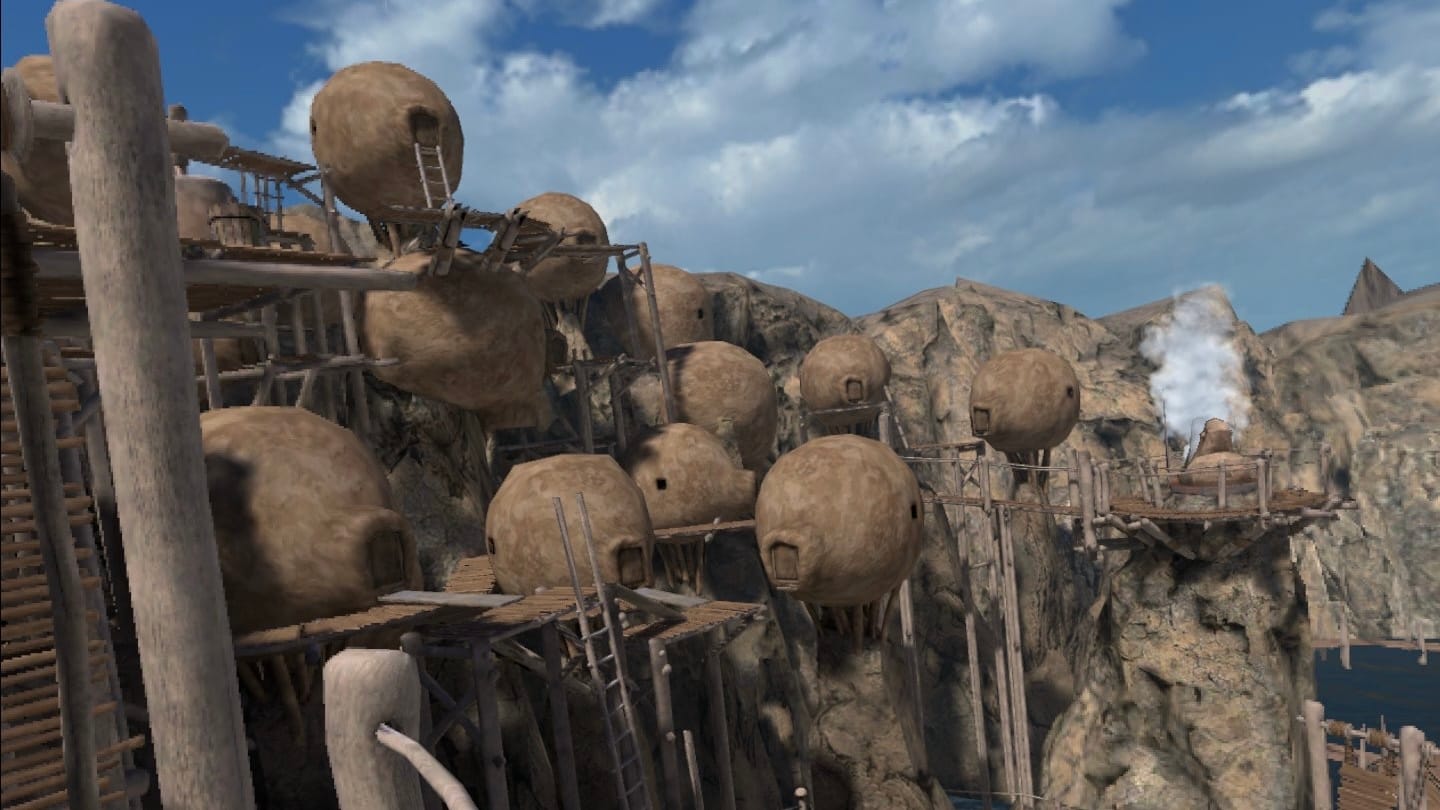
What is most immediately striking upon entering Riven for the first time is how tactile the island suddenly feels with this jump to 3D. Every button, lever, and more can now be grabbed or turned and toyed with in order solve puzzles and the deeper mystery of this unusual place. Whereas some VR titles will reduce many actions to a push of a button, actually being forced to move your body to pull every lever and push buttons that impact the state of this world only makes this world feel more real, and these unusual contraptions more mysterious.
But when does mystery make way for obfuscation? While far ahead of its time when first released, it’s a question many newcomers have asked of Myst when viewed from a present-day perspective. In that game, you’re dropped into a mysterious island without as much as a hint of where to go first, an approach that even lacks a tutorial for interacting with the world, which makes it off-putting to some. Myst’s broader simplicity as the first entry has conversely allowed the game to age gracefully; its unusual approach that would, on one hand, appear abrasive to newcomers, balanced by its contained nature to make it feel manageable.
It avoids feeling overwhelming or frustratingly obtuse because it never becomes so difficult you feel forced to rely on a guide to work out what’s expected of you, which turns this initial ambiguity into something truly unique. You feel like an archeologist in how you’re constantly making new discoveries at every turn. Which is precisely where Riven suffers.
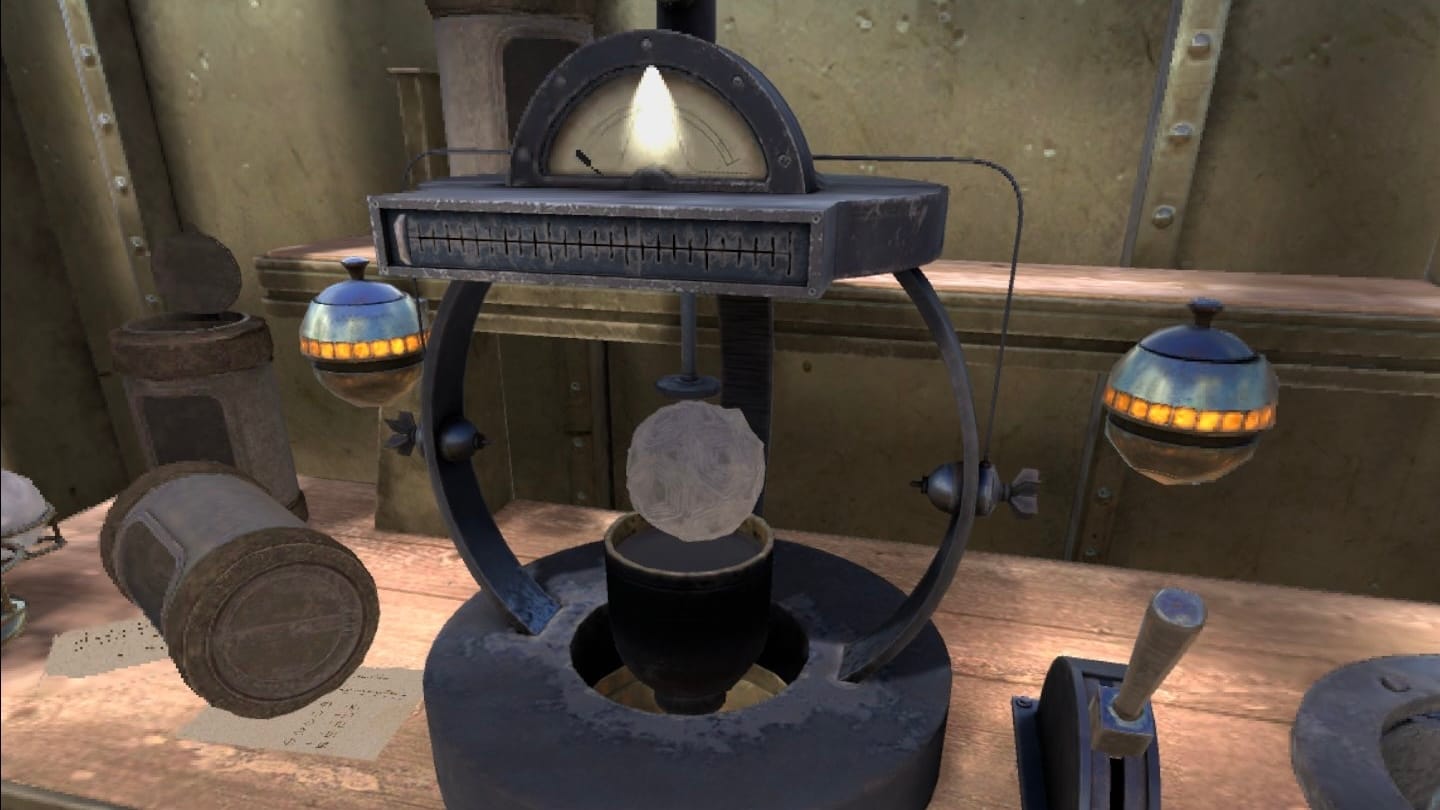
Riven is broader in scope, an interconnected web of islands and puzzles and a mind-bending starry expanse. Progression means being expected to constantly retrace through familiar locales, meticulously making notes of objects not relevant until hours later as you try to track down Ghen. Puzzles are more complex, there’s more mystery. As a setting, Riven is monolithic. Even by its ending, it feels like there’s more to this place than meets the eye, and the chance to finally wander through it rather than clicking through pre-rendered snapshots aids in communicating its scope and ambition. Using its Mag-Levs or walking on foot is impressive.
Yet it’s this complexity, coupled with the aforementioned issues inherent to it and other puzzle games of this era, that hold this remake back. Riven sometimes feels too large for its own good, and I found myself frustrated on more than a few occasions, interacting with objects without a clear idea if it was having a material impact on the world around me or bringing me closer to a solution. If I could even find objects to interact with in the first place, an issue lifting Riven into 3D and VR compounds.
As with any good point-and-click title, a fixed perspective on a landscape will often deliberately highlight interactive elements without making any one solution appear too obvious to avoid giving away the solution to an undeserving player. For as majestic as the recreation of Riven Island is in VR, this recreation comes at the cost of the readability of the environment. At times, I could spend upwards of 15-20 minutes painfully running in circles, unsure what to do next. Not because I was stuck on a puzzle but for simply failing to notice a tiny interactive panel, pipe, or button that its original forced perspective could at least subtly hint towards.
Comfort
Riven offers a wide range of accessibility options, with a free choice between artificial stick-based locomotion and teleport-driven movement, smooth or snap camera controls (with options to change how far the camera will snap with each movement), and the option to replace vehicle and ladder movement with quick travel. You can also set a vignette while moving to reduce motion sickness
A number of accessibility options are also offered, from subtitles to sound and color context subtitles to guide those who need it.
It’s issues like this that bog down the experience at multiple turns. While the game’s legacy already places expectations upon it you must accept in order to appreciate it, even as someone who has completed Myst and its remake, I found myself forced to rely on guides at its worst points. It’s a game where many puzzles require you to make physical notes, a task made harder in VR and not fully compensated for within its in-game notebook function that allows you to screenshot points of note for future reference.
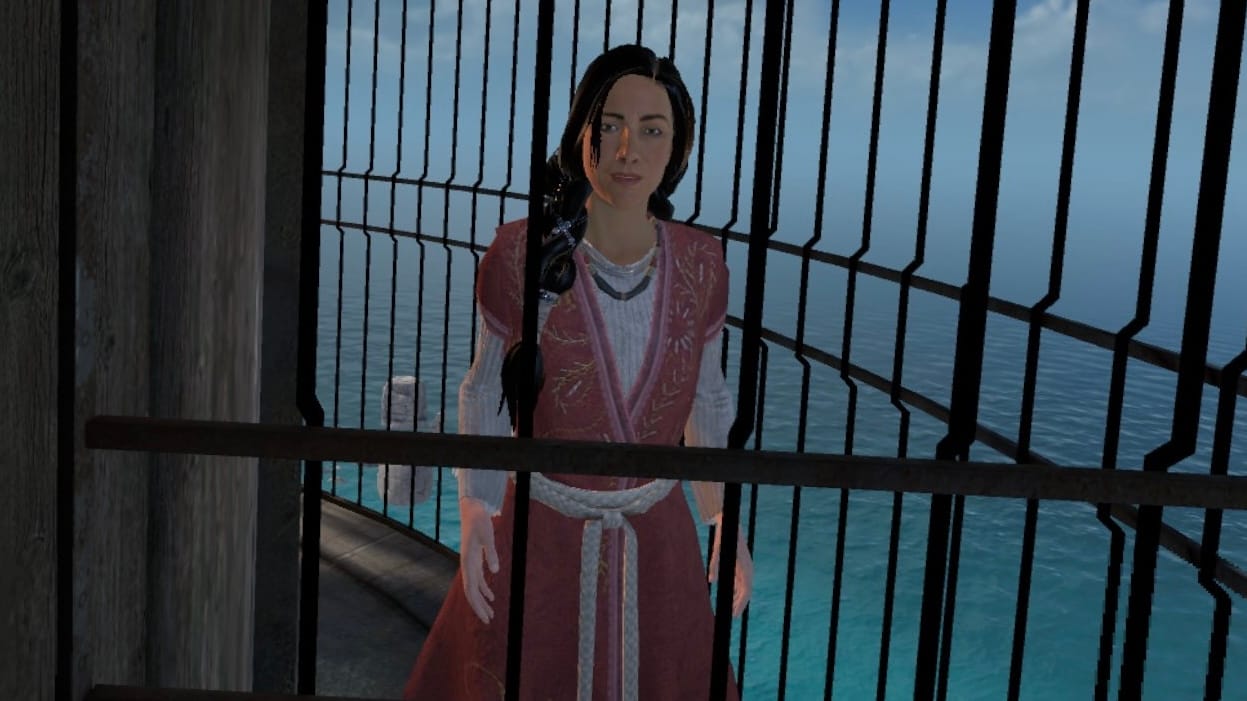
Ultimately, it strips the satisfaction of finding solutions, or the reward in taking your own path through an unfamiliar land. No matter how tactile or detailed this world feels, if it comes at the cost of readability or accessibility it becomes a moot point. I found myself more satisfied when I let myself step back from the puzzles and gaze at its environments rather than trying to interact as intended, a world technically crafted with style but far from the purpose of the experience.
Whereas the Myst remake has merits that even newcomers can appreciate, those same sensibilities fall apart when dealing with a more complex world and experience like Riven. As technically accomplished as this game is, I reached the end more glad it was over than appreciating the experience I had.
Riven – Final Verdict
When Riven’s pieces click into place, it reminds you of the wonder that players had with its original release, made only more impressive by the fact you can now reach out and touch it after all these years. Cyan deserves much of that credit, it did a great job in faithfully recreating this game from the ground up with VR in mind. But where Myst shined, Riven creaks under its age and such faithful recreation twists from a badge of honor to a burden.
In the end, I came away disappointed. A diehard fan of Riven may find appreciation in its meticulous reproduction of a world from their memories, yet even then it has issues that hold it back, some of which are exacerbated by its otherwise successful shift in perspective. If you’re a newcomer to this world, the choice is obvious: as majestic as its world may be, it’s difficult to recommend.

UploadVR uses a 5-Star rating system for our game reviews – you can read a breakdown of each star rating in our review guidelines.
